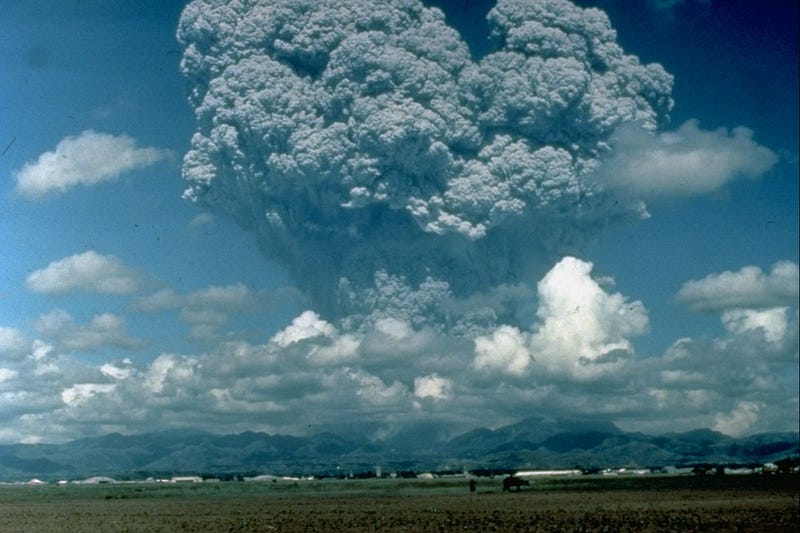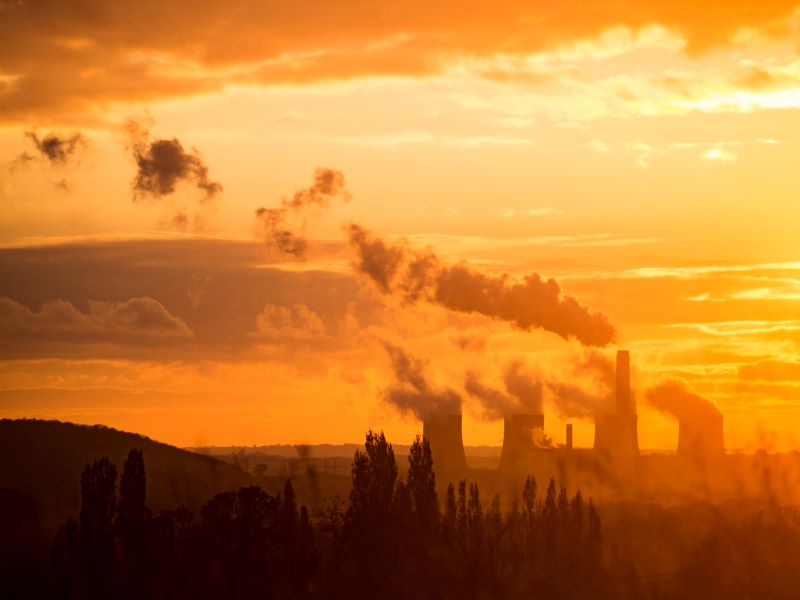Continuing to burn coal for energy will lock in changes to the climate that could lead to catastrophe. If we stop burning coal it will reveal the true impacts of the climate crisis. This feels like a paradox. How can it be bad to continue to burn coal, but also bad to stop?
Coal is the dirtiest of fossil fuels. The Navajo Power Station in Arizona, due to close later in the year, emitted 135 million tonnes of carbon dioxide between 2010 and 2017. That’s the equivalent of 3.3 million cars per year. This is one of many coal power stations closing in the US. This is a welcome change.
Yet, coal has a dirty secret. When we burn coal CO2 isn’t the only substance released. Sulphur Dioxide is also emitted. Sulphur Dioxide has a peculiar effect in the atmosphere masking coals true impacts.
The coal paradox highlights the challenges we face if we are to prevent the worst impacts of a changing climate. The longer we continue to burn dirty fuels the harder the challenge becomes.
We’re damned if we burn coal
If coal is such a dirty fuel why do we continue to burn it? Simple. It’s cheap and abundant. For energy-hungry countries like China and India coal is the ideal fuel to meet growing energy demands. A report by the World Resources Institute in 2012 identified plans for 1200 coal power stations. Building them would be like adding another China — already the world’s largest emitter — to Earth.
This sets a dangerous precedent. In a time when we urgently need to reduce global emissions of CO2, doing the opposite will lock in dangerous levels of emissions for years to come. Making it almost certain we’ll fail to meet the Paris Agreement climate target of 1.5 C.
If we have any hope of dealing with the climate crisis we cant build these power stations. It’s that simple. Every coal power station built symbolises another nail in the coffin. And there’s plenty of nails.
We’re damned if we stop burning coal
On the flip side, stopping the burning of coal to meet energy demands will reveal coals dirty secret. Sulphur Dioxide released when burning coal results in a cooling effect. Hiding the true impacts coal has on the climate.

The effect happens naturally. The volcanic eruption at Mount Pinatubo in the Philippines in 1991 is an example of this phenomenon. When the volcano erupted it released 20 million tonnes of Sulphur Dioxide into the atmosphere. It works in the opposite way to greenhouse gases by reflecting some of the sun’s heat away from Earth. This effect lasted for two to three years after the eruption and resulted in the Earth’s climate cooling as a result.
Sulphur Dioxide released from coal power stations works in a similar way. Masking the true impacts of CO2 released by these power stations. When we burn coal we don’t feel the true effects.
As soon as we stop burning coal, we also stop releasing Sulphur Dioxide. While the CO2 remains the Sulphur Dioxide doesn’t. Revealing coals true impacts.
The closure of the last coal power station closing will be heralded around the world as a significant day. The tide will be turning on our path to a low carbon economy. But, that’s when the real impacts of what we’re doing will unravel.
Damage Limitation
We’re damned if we do, damned if we don’t. With the damage done, the question now is how much longer can we continue on our path of destruction? The longer we continue to burn coal, the less likely it will be for humanity to deal with the climate crisis.
This isn’t about stopping a changing climate. The climate is going to change. This is about damage limitation. By limiting the impacts we limit the crisis we’re hurtling towards. If we continue on our current path the problems will become overwhelming. We’ll be sucked into a maelstrom of impacts that will become impossible to deal with. We know what we need to do and yet we keep on hammering nails into the coffin.



